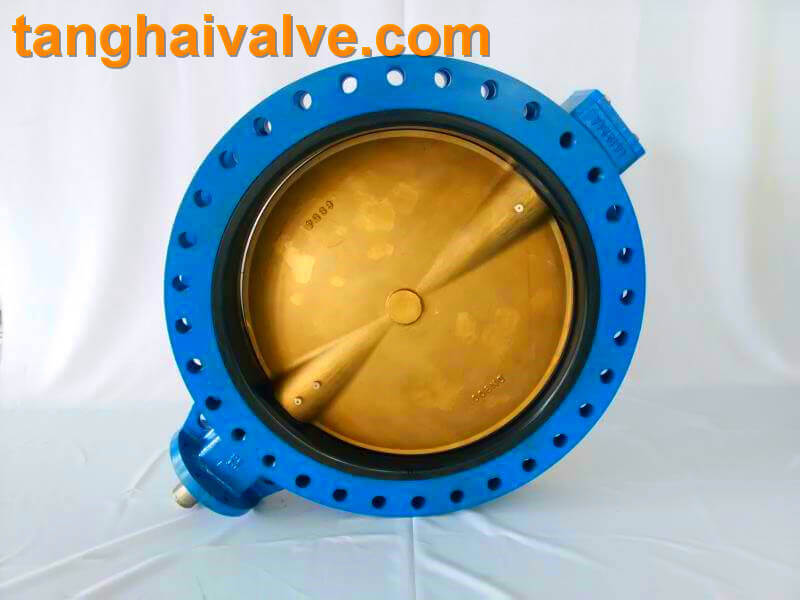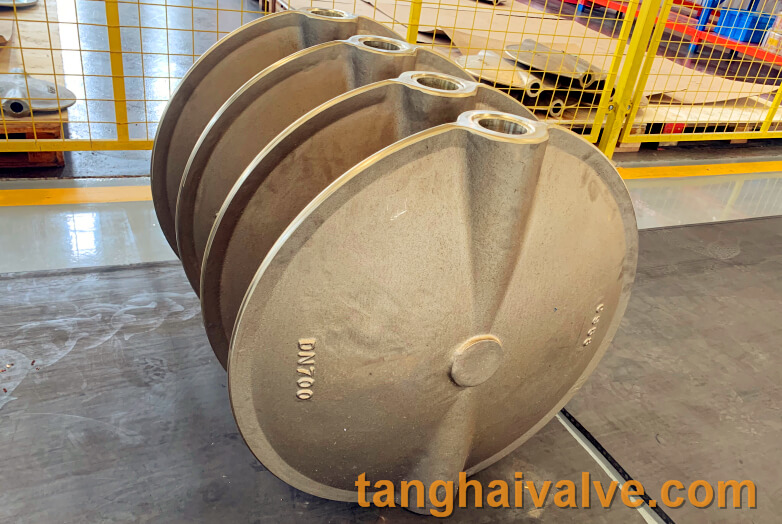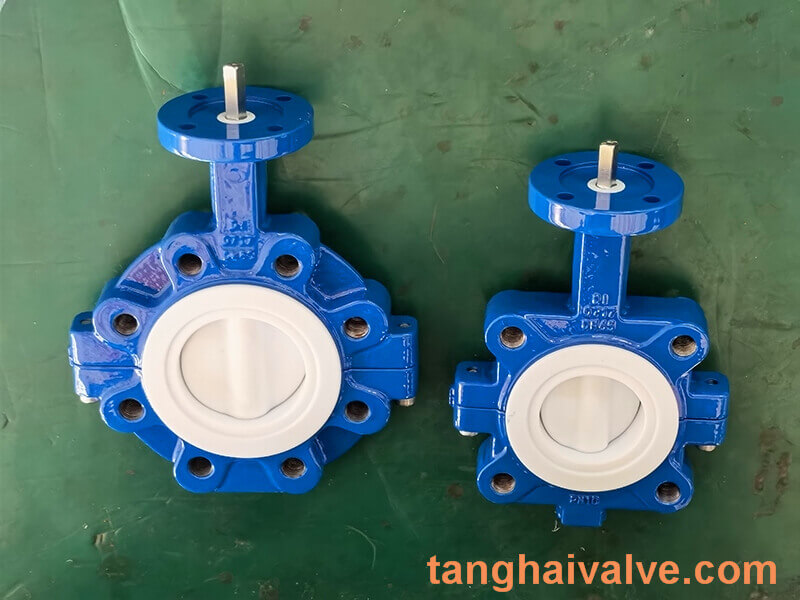U-Type Marine Concentric Butterfly Valve Introduction
1. Overview
The U-type marine concentric butterfly valve is a wafer-style soft-seated valve designed for shipboard piping systems.
Featuring a U-shaped body groove and a concentric disc-shaft structure, the valve provides reliable shut-off performance, excellent corrosion resistance, and easy installation with marine-standard flanges.
It is widely used for seawater, cooling water, ballast water, fire-fighting, and various utility lines on vessels.
 2. Design Characteristics
2. Design Characteristics
Concentric Structure (Center-Line Design)
The disc and shaft share the same centerline, providing stable torque, low operating resistance, and tight shut-off.
U-shaped Groove Body
Ensures accurate alignment with JIS / DIN / ANSI marine flanges and enhances sealing integrity.
Soft Seat Sealing
EPDM, NBR, PTFE, or Viton seats deliver excellent sealing performance and low leakage (Bubble-Tight).
Lightweight & Space-Saving
Compact body design is ideal for marine engine rooms and confined piping spaces.
Quick Operation
90° rotation with lever, gear operator, pneumatic actuator, or electric actuator.
Excellent Corrosion Resistance
Common marine materials such as C95400, C95800, CF8M, and duplex stainless steel ensure long service life in seawater applications.
3. Typical Materials
Body: Aluminum Bronze C95400 / C95800/Stainless Steel CF8 / CF8M
Duplex Stainless Steel S31803 / S32750/Ductile Iron with marine epoxy or rubber lining
Disc: C95400 / C95800 / SS316 / SS316L/Duplex Stainless Steel/Ni-plated Ductile Iron
Shaft: SS316/Duplex Steel
Seat: EPDM (recommended for seawater)/NBR (for oil-related media)/PTFE (for corrosive chemical media)/Viton (for high temperature or special fluids)
4. Applications
U-type concentric butterfly valves are commonly used in:
Seawater cooling systems,Ballast water pipelines,Engine room and machinery space piping,Fire-fighting lines,HVAC systems,Fresh water and utility pipelines
Water treatment and bilge systems
5. Applicable Standards
Marine Class Approvals: DNV / ABS / LR / BV / NK / RINA
Face-to-Face: ISO 5752 / EN 558
Flanges: JIS 5K/10K, DIN PN10/16, ANSI Class 150
Actuator Mounting: ISO 5211
Available with EN 10204 3.1 / 3.2 Certificates






 © Copyright 2020 Tianjin Tanghaidongyang Valve Co., Ltd. All Rights Reserved.
© Copyright 2020 Tianjin Tanghaidongyang Valve Co., Ltd. All Rights Reserved.